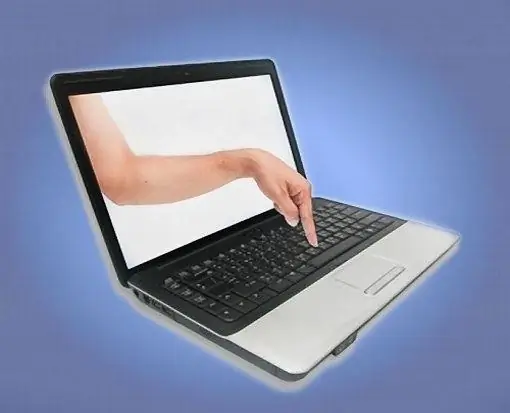The user may need to take a screenshot of the desktop to share design ideas with friends, illustrate a thought that is difficult or long to explain in words, ask for help by showing a system error window to competent people, and in a number of other cases. There are several ways to programmatically take a picture of the screen.

Instructions
Step 1
Make sure the desktop displays exactly what you want to capture: a wallpaper with shortcuts, a specific folder, a dialog box, or the desired web page, press the PrintScreen button on your keyboard. The desktop picture will be copied to the clipboard - a kind of temporary storage of information. Now you need to put it in a separate file.
Step 2
For this, it is better to use graphic editors. If you do not plan to edit the image in the future, it is not necessary to use professional programs such as Adobe Photoshop or CorelDraw, a simple Paint application will suffice.
Step 3
Launch a suitable graphics editor and create a new canvas by choosing New from the File menu. If you know the resolution of your monitor, immediately specify the desired canvas parameters in the "Height" and "Width" fields. In some applications, a blank canvas is created automatically.
Step 4
Paste your image from the clipboard. To do this, select the "Paste" command from the "Edit" menu or use the Ctrl + V (Shift + Insert) keys on the keyboard. If a request window appears asking you to increase the canvas size to fit the screenshot, answer in the affirmative.
Step 5
Save the file in one of the graphic formats:.jpg,.jpg, png,.
Step 6
There are also special programs for capturing images from the monitor screen, such as Quick Screen Capture or Fraps. Install the application on your computer, launch it and use the hotkey specified in the program to take a screenshot of the desktop. The advantage of such applications is that all screenshots are immediately saved in the format of graphic files in a folder you specify in advance.






